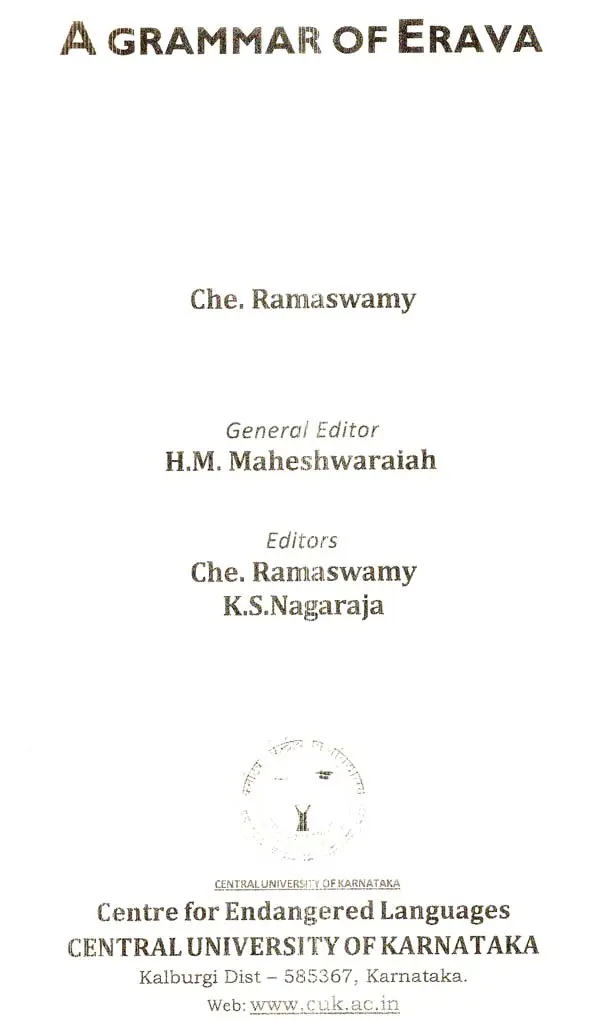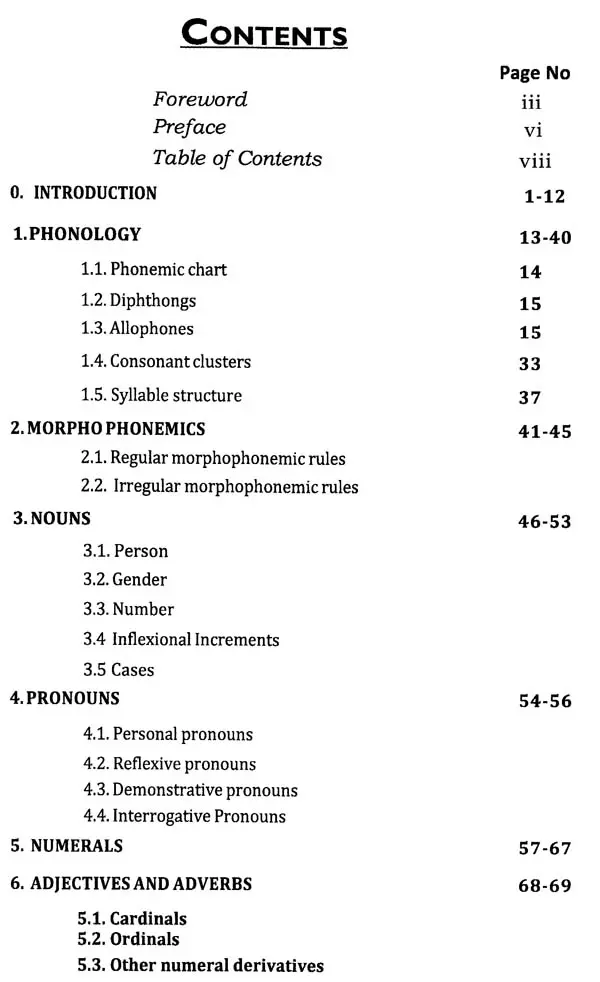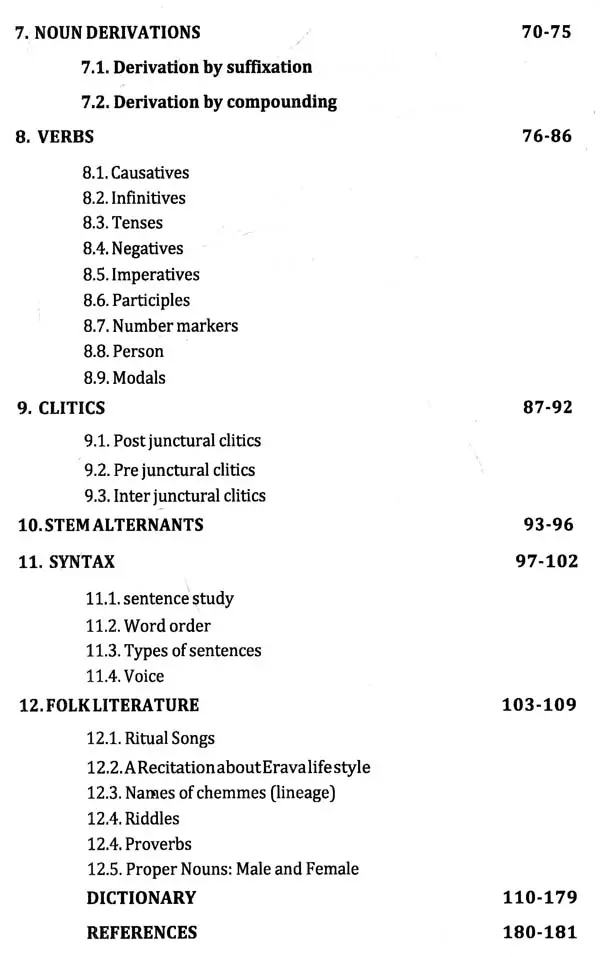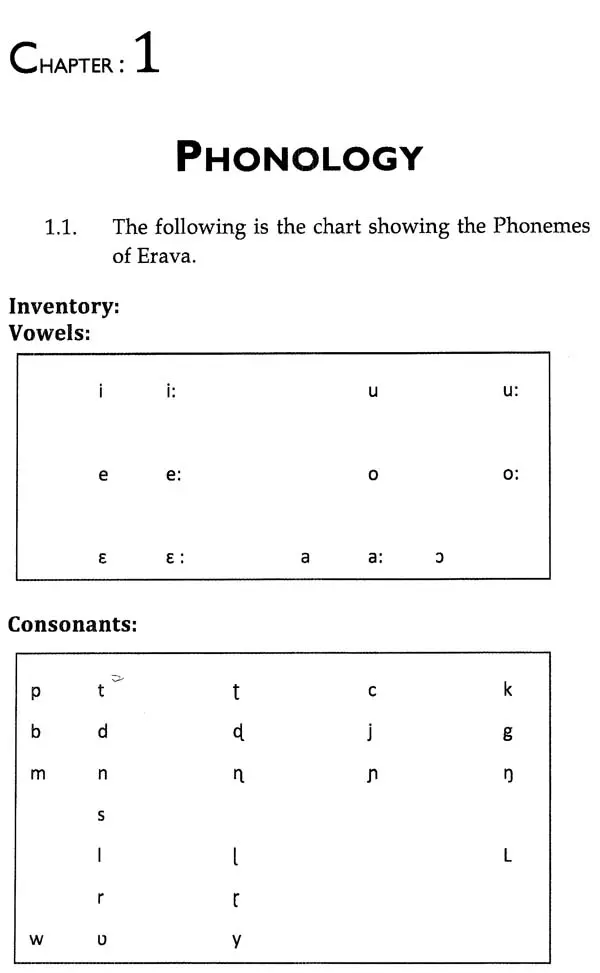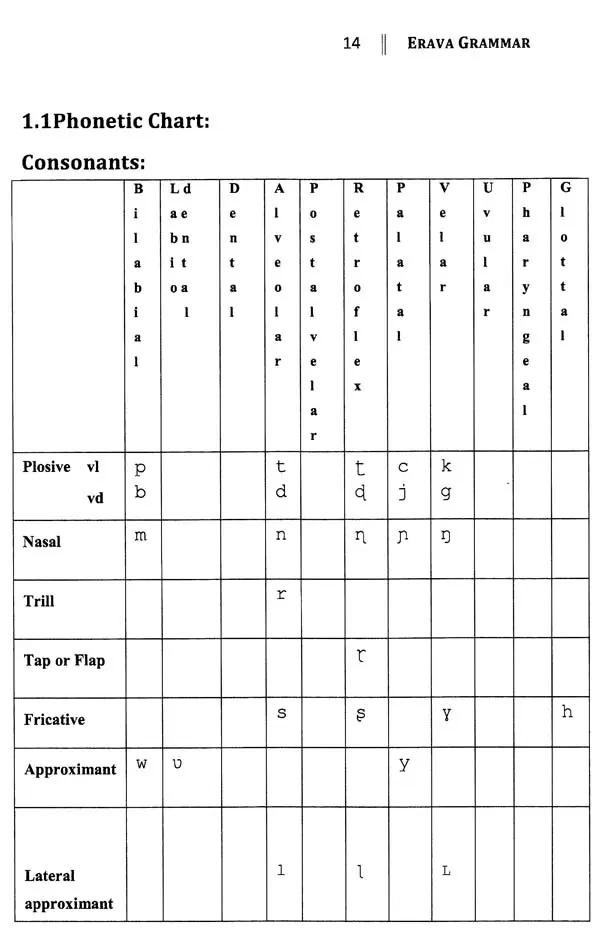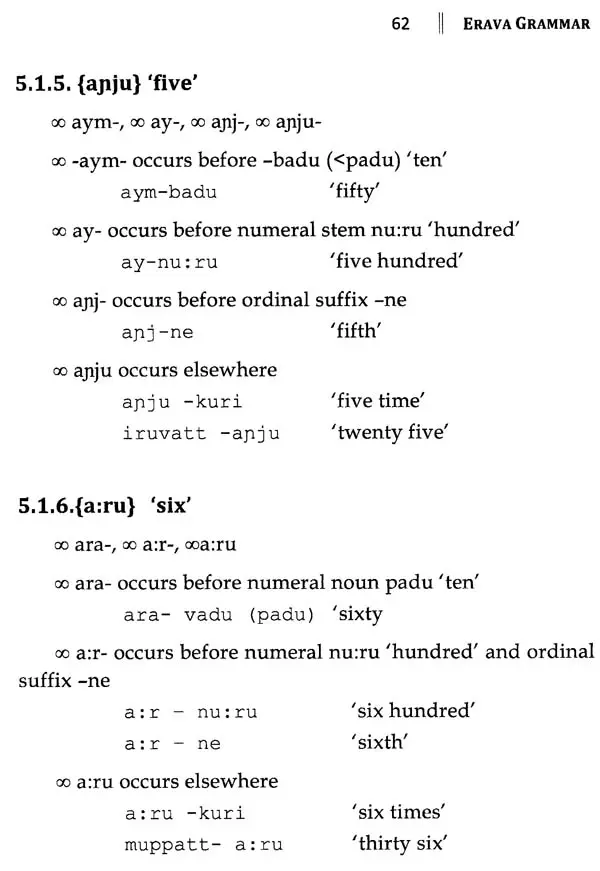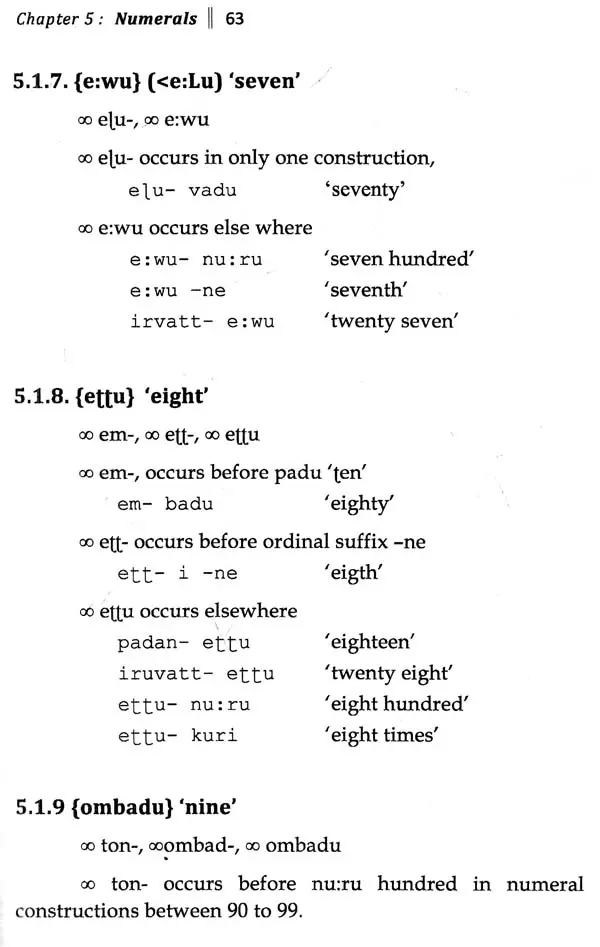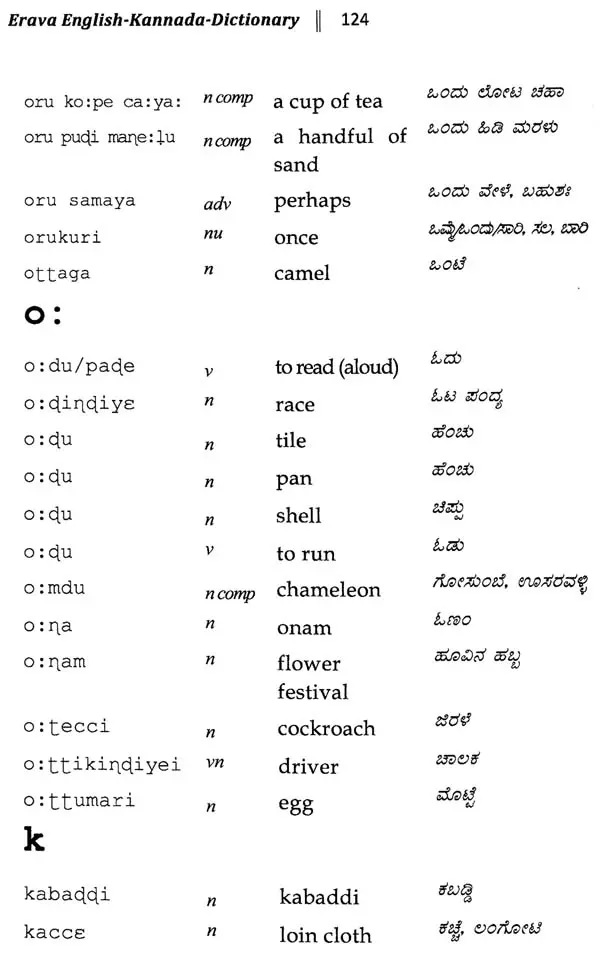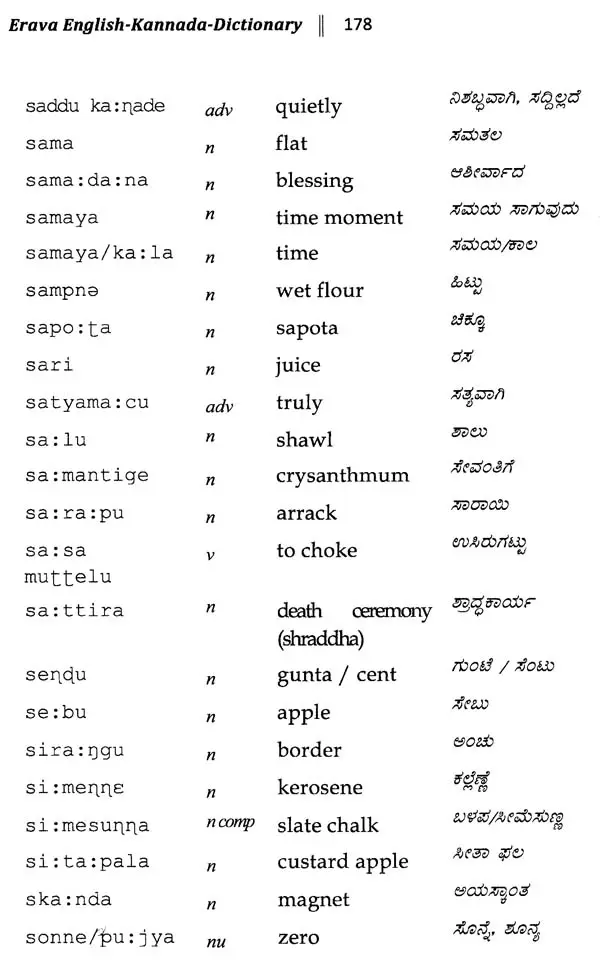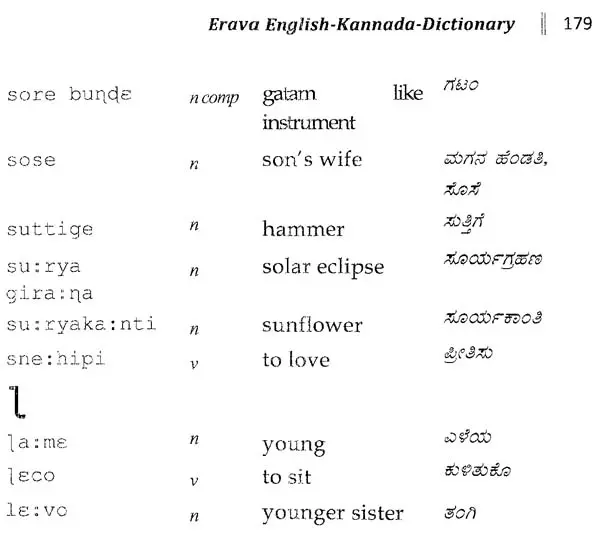Foreword The Central University of Karnataka established in 2009 by an Act of Parliament aims at addressing the concerns of equity and access. The prime objectives of the University are to disseminate and advance knowledge by providing instructional and research facilities to the students and to pay special attention to the betterment of the social and economic conditions besides affecting the welfare of the people by making contributions towards the intellectual and academic growth.
In view of the aims and in pursuance of the direction by the Government of India the University started a Centre for Endangered Languages in November 2015. The Centres main aim is the preservation and promotion of endangered languages through documentation and revitalisation for restoring the status of these languages used to enjoy in the past. The Centre also works to empower the Endangered Language communities too in all possible ways by training the persons from among them for sustainable development.
Language is not only a tool for communication, but also a base for the intellectual outputs of knowledge, culture and civilization of mankind. Due to the impact of science and technology, and the process of globalization, many of the world languages are at the verge of extinction. Language endangerment may lead to the loss of a language, historical and ethnic identity. India has a large number of endangered languages.
Preface This book is an outcome of the part of the project of documentation and analysis of Endangered Languages of Karnataka. It is not a comprehensive grammar on Erava, it's only a Sketch grammar on the language. But maximum information is given, with an introduction covering Ethnic details, cultural and habitual details. A dictionary is also compiled having the data collected during documentation, using these details a language learner can also be prepared in future for the use of Erava Children. Though there were a few Studies in the past they are related to only culture. This is the first time a dictionary is also prepared with the grammar.
Erava language is called by many names viz: Erava, Paniya, Ravula. etc., Eravas are found in Karnataka, Kerala and Tamilnadu. In Karnataka they are found in Madikeri and H.D. Kote areas. The present study is based on the Erava Spoken in about 19 Hadis in Heggade Devana Kote Taluk of Mysore District. These Eravas are called Panjari Eravas. Almost all Eravas in this area are trilingual’s. Besides Erava they speak Kannada and Malayalam very fluently.
They are very much soft spoken and highly cultured. They helped me during field work in a nice way.
Grateful acknowledgements are due to Prof. H.M.Maheshwaraiah, Vice-Chancellor of Central University of Karnataka for providing me an opportunity to work in the centre for Endangered Languages as Visiting faculty. But for his help I could have not write this Grammar and also Edited other Language Grammars. I owe gratitude to this Centre for publishing these books.
Introduction Eravas are one of the tribes that live in southern part of India mainly in the area where Karnataka, Kerala and Tamilnadu borders. In Karnataka, Madikeri and H.D. Kote of Mysore districts are the places where Eravas live. The present study is based on the material collected from the Eravas of H.D. Kote. Two types of Eravas, on the basis of language use, are identified in this area. One group live in forest area in 19 hadis who speak Erava and the others who live in civilian or plain areas do not speak Erava i.e., they speak only Kannada. The Eravas of H.D. Kote are called Panjari Eravas and Eravas of Madikeri are called Paniya Eravas. It is learnt from the past records and statements of people, Eravas are migrated from Wynad, first settled in H.D. Kote area then moved to Hunsur, Piriyapatna, Kushalnagar and Madikeri (Gonikoppal, Virajpet area). Eravas speak a variety of Dravidian speech called Erava language (Erava ba:se). They were either bonded labourers or farm labourers in the past. Now they engage in small farming, cultivating vegetables and some spices. Eravas are found in four different groups viz; Panjiri, Pani, Ka:ge and Badaga. The Eravas found in between H.D. Kote and Bavali area are Panijiari Eravas and this study is about them.
**Contents and Sample Pages**
